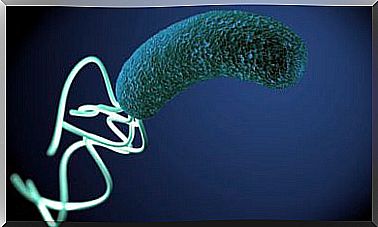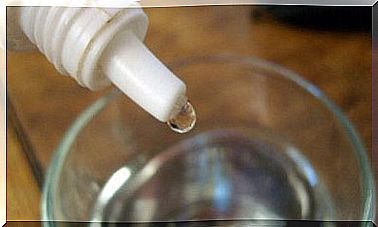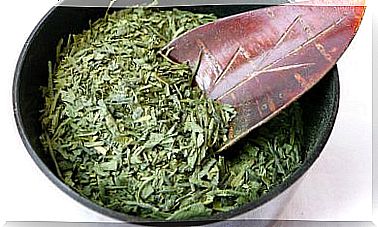How To Make Sauerkraut At Home In Simple Steps
Besides being a probiotic food, sauerkraut is rich in antioxidants, vitamins, iron and magnesium. Let’s not forget that its flavor is also incredible.

Sauerkraut is a characteristic recipe of Central European gastronomy, already famous throughout the world. It is a probiotic product made from sauerkraut.
In addition, since preparing it at home is simple and inexpensive, you can benefit from the properties of probiotics in the easiest way. Next, we tell you how to do it step by step, in a clear and simple way.
Sauerkraut
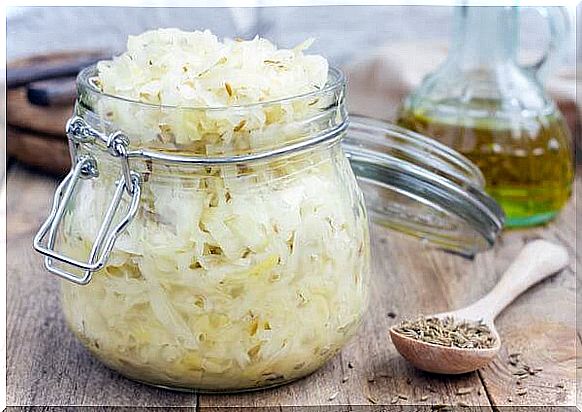
Sauerkraut is basically sauerkraut. In fact, the word “sauerkraut” ultimately comes from the German ” sauerkraut ” which means “sour cabbage. ” For this reason, to prepare it, you hardly need salt and cabbage.
Indeed, sauerkraut is nothing more than the result of the fermentation of cabbage leaves in salted water. As simple as that.
Much more than a probiotic food
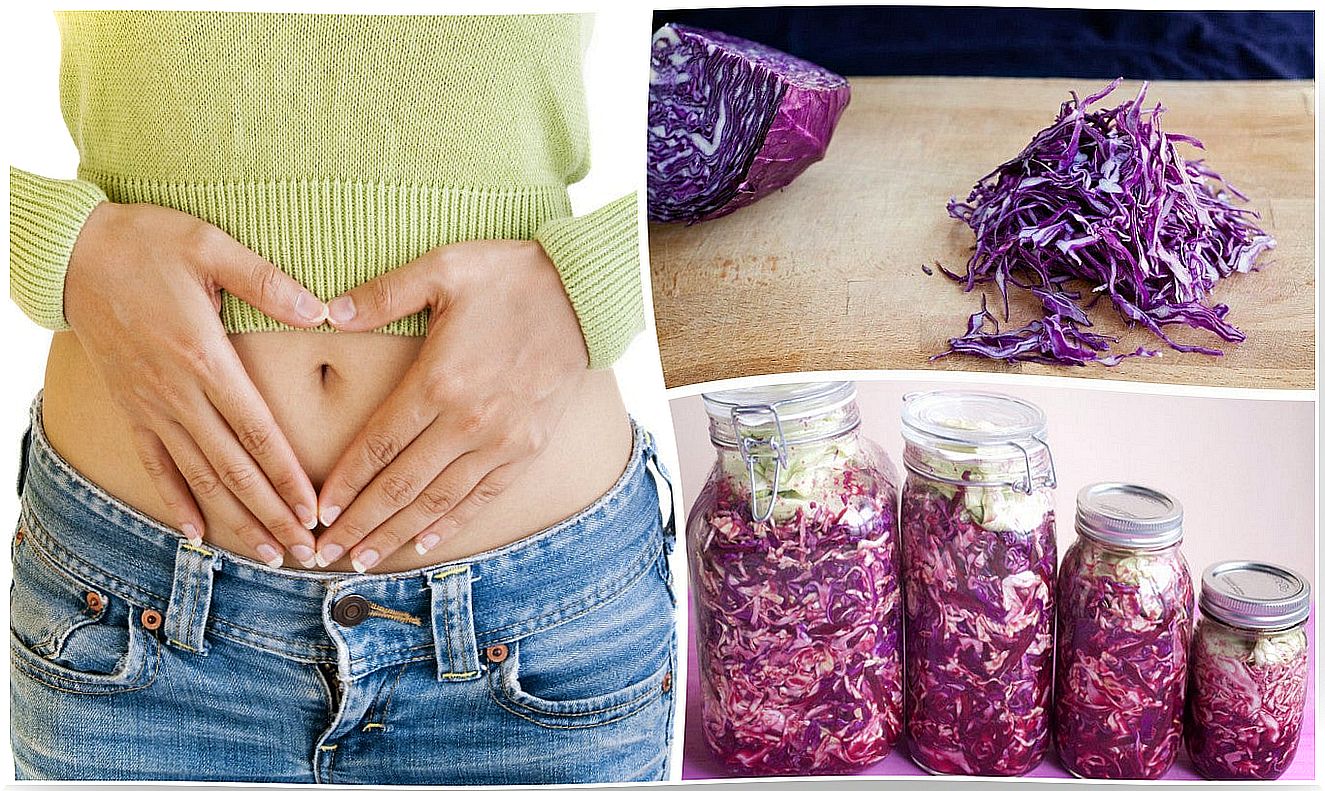
As we indicated earlier, sauerkraut is a product with probiotic properties. That is, it contains live microorganisms that can provide benefits to our digestive health such as stimulating digestive enzymes and facilitating digestion. In addition, they strengthen the immunity of the intestinal mucosa.
Probiotics develop naturally in fermented products. For this reason, they can be found in a wide variety of foods such as:
- Yoghurt
- Kefir
- Tempeh
- Some types of cheese
Although the most studied types of probiotics are B ifidobacteria and L actobacilli ( L. Casei, B. Bifidus , etc.), there are many other types that have not yet been studied in depth.
On the other hand, the properties of sauerkraut are not limited to the fact that it is a probiotic food. Additionally, it contains vitamins C, B and K. In addition, it is a source of iron and magnesium. It also contains antioxidants such as lutein and zeaxanthin, important for eye health.
In any case, it is also high in sodium, so if you are one of those who should limit its consumption, we recommend that you refrain from consuming sauerkraut.
How to make homemade sauerkraut
Ingredients
As indicated above, to prepare sauerkraut at home you will only need:
- 1 green cabbage (you can also use red cabbage, but the traditional recipe is with green cabbage)
- Salt (15 grams of salt for every kilo of cabbage). Table salt is not the best option. Prefer sea salt.
- 2 or 3 carrots (optional)
You will also need to have a glass container or jar to store the sauerkraut.
Preparation

Cut the vegetable
- First of all, we clean the cabbage well. For best fermentation, choose only leaves that are in good condition. So remove any black bits from the leaves and discard the stem and the large white part of the heart.
- Next, cut the cabbage into very thin strips. At this point, you could weigh the cabbage to see how much salt you will need.
- If you choose to also add carrot, follow the same procedure. Take 2 carrots and clean them well, removing the skin. Then cut them into thin strips and mix with the cabbage.
Add the salt and get the brine
- Subsequently, divide the amount of cabbage you have obtained into several piles and start with one of them. Put the first pile in a bowl and sprinkle with the salt.
- Then, with the mortar or by hand, you should squeeze or vigorously massage the cabbage for a few minutes. The goal is for some of the cabbage juice to come out and collect at the bottom of the bowl. This juice or brine will be the one that carries out the subsequent fermentation.
- Then do the same with the next pile of cabbage: sprinkle with salt and massage. So on until you are done with all the cabbage.
Store in the pot
- Then, pour the mixture into the glass jar. While you put it on, you must squeeze very well, so that there is no air. That is, it must be well compressed.
- At this point, the brine or juice should be enough to cover the cabbage in the pot. If not, you can complete it by mixing 3 tablespoons of salt per liter of water and covering the cabbage in the pot.
- Don’t fill the glass jar to the top, just up to the neck.
- Finally, close the jar very well and leave it to ferment at room temperature in a dark place for 2 to 4 weeks.
Easy? After the necessary fermentation weeks, the sauerkraut is ready to enjoy.
